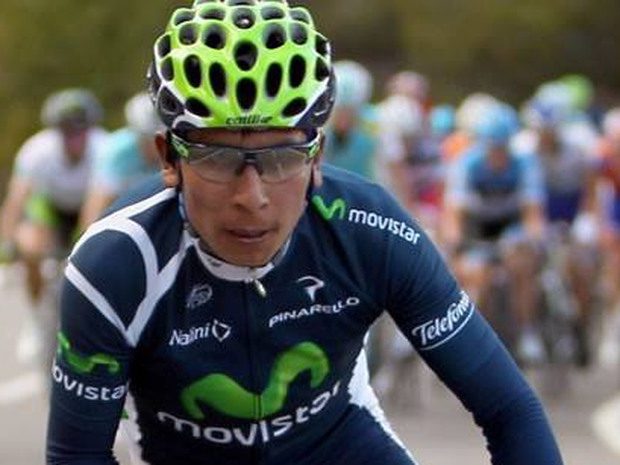2014 Vuelta a España preview: The course

The 69th Vuelta a España begins on Saturday with a team time trial in Jerez de la Frontera and finishes in Santiago de Compestela on September 14 with an individual time trial. Although the last Grand Tour of the season has fewer summit finishes than in 2012 and 2013, it’s still one for the climbers.
Section 1: The first nine stage section offers only three days for the sprinters. The traditional opening team time trial in Jerez near Spain’s southern-most point is the shortest since 2008 at 12.6 km. Two days later the riders negotiate the first of two consecutive medium mountain stages in the Sierra Nevada range.
Stage 6 features the first summit finish on the Cat. 1 climb to La Zubia before another hilly day with an uncategorized uphill finish. Flat Stage 8, the longest of the race at 207-km, does a yeoman’s job of pushing the course out of the South and finally getting the race’s counterclockwise motion under way. The final stage before the first rest day concludes with a Cat. 1 climb to Aramon Valdelinares in the Sierra Morena range.
Section 2: The second phase is a week long and begins with a hilly time trial of 34.5 km. Essentially the route begins with an 8-km Cat. 3 climb before a gradual 26-km descent to Borja. There’s only one flat stage during this week and four summit finishes in the Pyrenees and Cantabrian mountains, including the Especial Lagos de Covadonga, a 12.2-km brute of 7.2% with a final kick of 17.5%, on Stage 15. With five Cat. 1’s, Stage 16 comes close to claiming queen stage status.
Not only will the GC picture get a little clearer during his phase, but the battle for the blue polka-dot mountains jersey – Nicolas Edet’s triumph of 2013 – will also come into focus.
Section 3: The final five day section saves the real drama for the last two stages, warming up the now exhausted peloton with a flat day and two medium mountain stages. Stage 20 shoehorns a Cat. 1 and Especial climb into the final 32-km. The race’s final mountain, the Puerto de Ancares, outdoes the Lagos de Covadonga with a 12.7-km slope of 8.7%. In the first five kilometres there’s a 1.8-km section of 13-18%.
The finale in Santiago de Compostela is a flat 10-km time trial where narrow margins will be widened or overcome. At its conclusion someone will slip on the red leader’s jersey for good.
